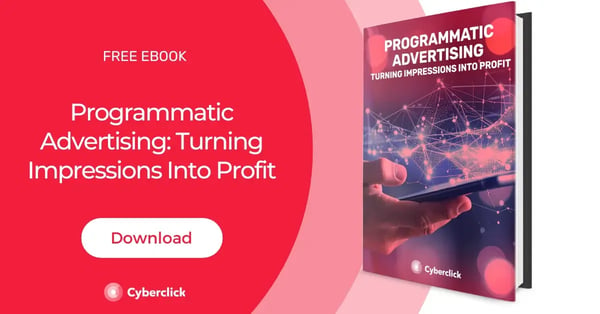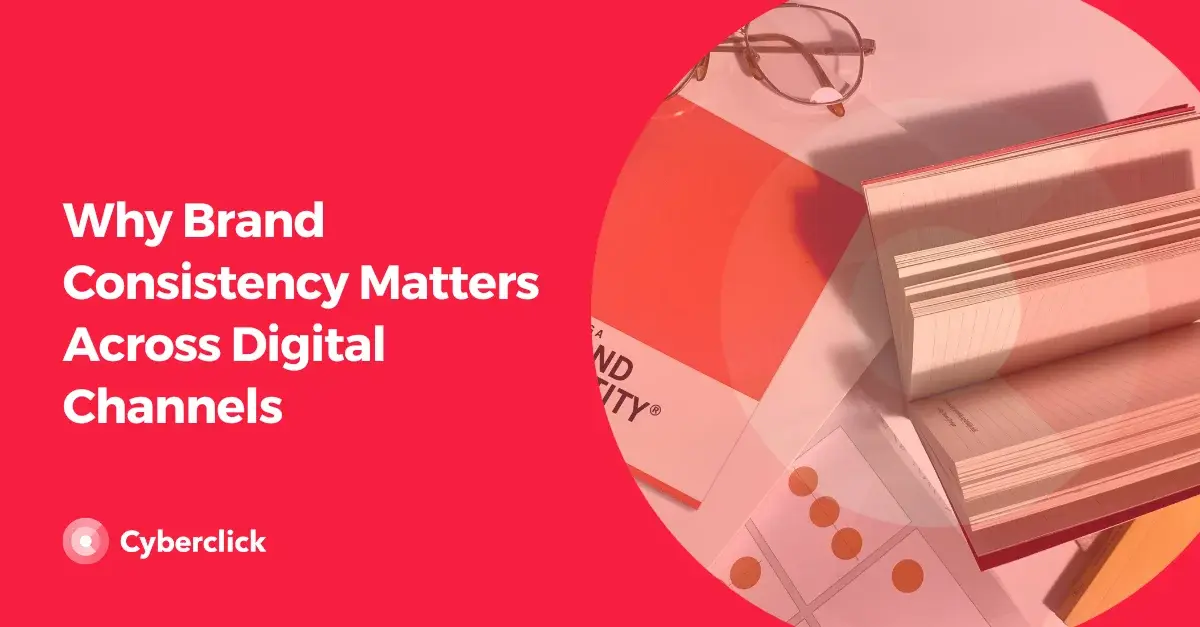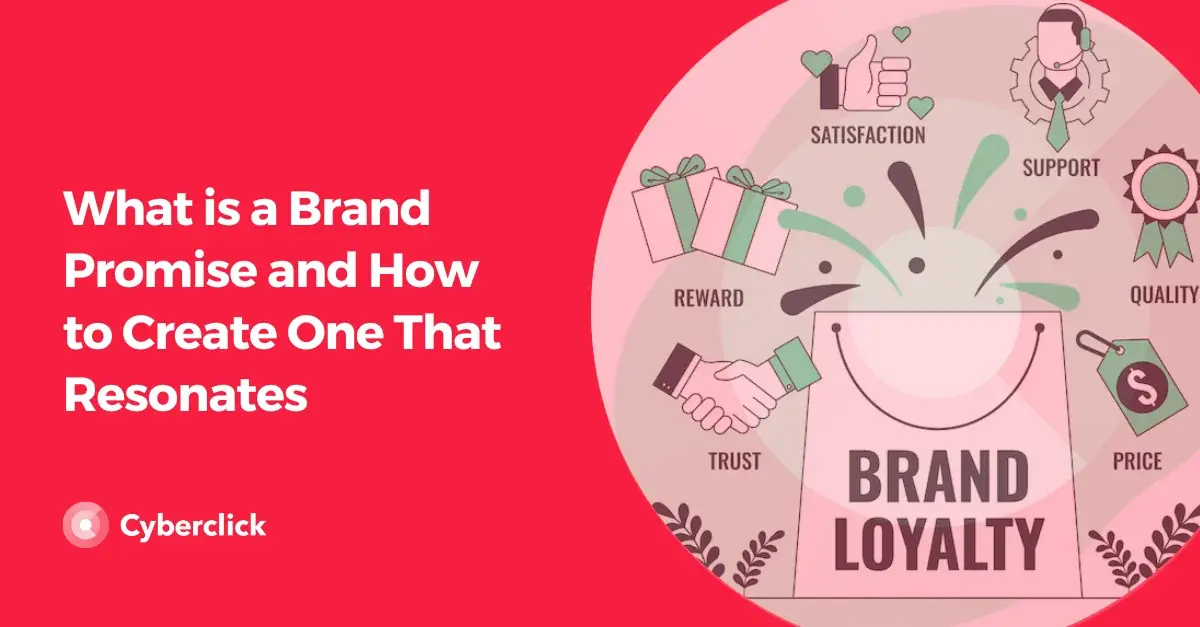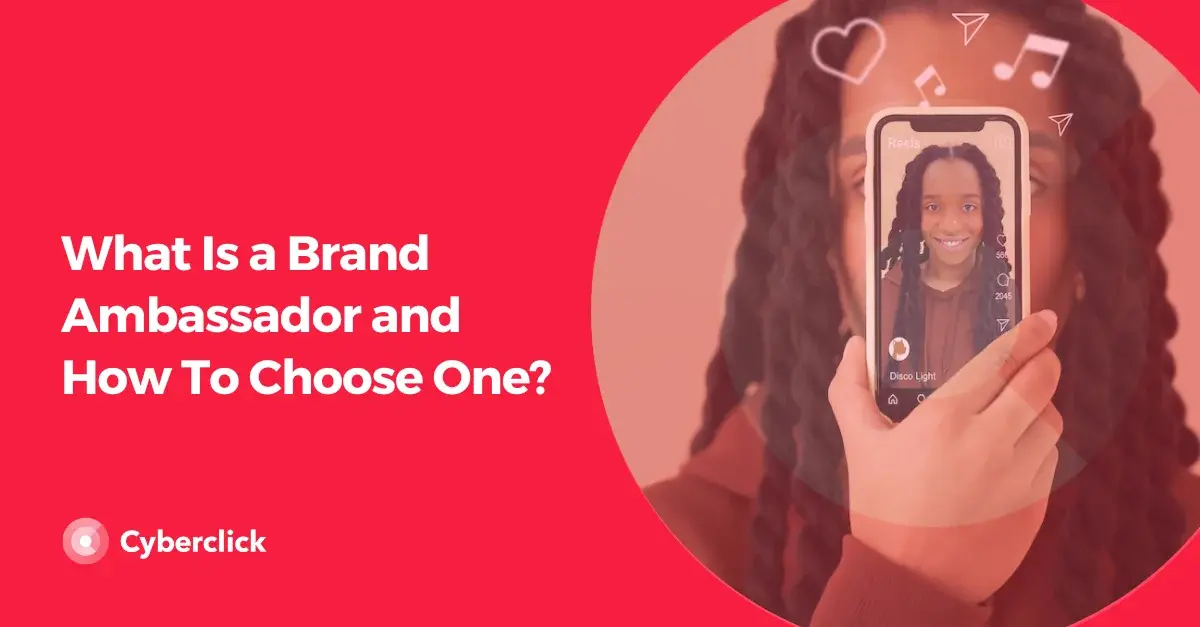Today, brands have more opportunities than ever to reach their audiences. But with that reach comes risk. One poorly placed ad or a misaligned content partnership can quickly damage your reputation, erode trust, or spark controversy, sometimes overnight.
That’s where brand safety comes in. Simply put, brand safety is the practice of ensuring your brand doesn’t appear alongside content that could harm its image or values. It’s about protecting not just your ads, but your credibility. And as digital platforms become more complex, brand safety is no longer just a concern for global corporations; it’s something every marketer, regardless of budget or industry, needs to take seriously.

What Is Brand Safety, Really?
Brand safety refers to the tools, policies, and practices that help your advertising and content appear in appropriate, brand-aligned environments. These environments are typically screened to avoid association with content categories such as hate speech, violence, adult content, misinformation, or politically charged material.
But brand safety isn’t just about avoiding offensive content. It’s also about brand suitability, making sure your brand shows up in contexts that reflect your tone, values, and audience expectations. For example, a wellness brand promoting mindfulness apps might want to avoid having its ads appear alongside high-conflict political content or sensational crime stories. While these environments may not be explicitly unsafe, they can feel misaligned with the calming, positive tone the brand aims to project.
The Risks of Ignoring Brand Safety
When brand safety is overlooked, the consequences can be serious, both in the short term and in the long term. Here are a few real-world risks:
1. Reputation Damage
If your ad shows up next to harmful or controversial content, audiences may assume an association, even if it’s unintentional. That loss of trust can lead to boycotts, backlash, or negative press.
2. Wasted Ad Spend
Without proper filters in place, your ad budget might end up supporting content that doesn't align with your values or target audience, leading to poor performance and questionable associations.
3. Customer Alienation
Consumers today care deeply about the values a brand supports. If your brand appears in a context that contradicts your audience’s beliefs or ethics, you risk alienating loyal customers.
4. Legal and Compliance Issues
In some regions, showing ads on harmful content may even create legal complications or breach industry regulations, especially in sensitive industries like healthcare or finance.
How Brand Safety Works in Practice
The good news? You don’t have to navigate this space alone. There are robust tools and industry standards in place to help brands stay protected while still reaching the right people.
1. Pre-Bid Filtering
Many programmatic platforms allow you to set parameters before your ad is placed, filtering out unsafe content categories automatically. This guarantees that your ads don’t even have the chance to appear in the wrong places.
2. Blocklists and Allowlists
Blocklists prevent your ads from appearing on certain websites or alongside specific keywords. Allowlists, on the other hand, give you full control by only allowing placements on approved sites and platforms.
3. Contextual Targeting
Instead of relying solely on behavioral data, contextual targeting places ads based on the content of a page. This gives you more control and improves brand suitability.
4. Partnerships with Verification Platforms
Third-party platforms like IAS (Integral Ad Science) and DoubleVerify offer real-time monitoring, reporting, and protection so that your ads are shown in safe environments.
Going Beyond Safety: Brand Suitability and Alignment
Brand safety is foundational, but it’s only part of the picture. Today, more brands are thinking in terms of brand suitability, which goes deeper by asking: Is this the right environment for our message?
For example, a luxury brand might not want its ads appearing on bargain-shopping blogs, even if those sites are perfectly “safe.” Likewise, an eco-conscious brand may avoid content that promotes fast fashion or environmentally questionable practices.
Suitability also evolves with your audience. What was appropriate a few years ago may no longer align with changing expectations or values. That’s why ongoing review and adaptation are key.
Brand Safety in the Age of AI and Social Media
As content creation becomes faster and more decentralized, especially with the rise of AI-generated content and user-generated media on platforms like TikTok and Reddit, maintaining brand safety becomes more complex.
AI can help by analyzing content in real time and flagging unsafe placements. But it’s not foolproof. Marketers must still use human judgment, maintain clear brand guidelines, and stay agile.
Social platforms, in particular, are a gray area. While they offer unmatched reach and engagement, they also carry higher brand safety risks due to the sheer volume and unpredictability of user content. Working with vetted influencers, leveraging platform-specific safety tools, and closely monitoring brand mentions are all essential steps in managing that risk.
Safety Builds Trust, and Trust Builds Brands
Brand safety isn’t about playing defense, it’s about being intentional. It’s a way to safeguard the trust you’ve built with your audience, have your message delivered in the right context, and protect your brand’s long-term value.
Brand safety gives you the clarity and control you need to market with confidence. When your brand consistently shows up in the right places, in the right way, it sends a powerful message: you know who you are, and you’re paying attention.
Responsable de la estrategia de contenidos y visibilidad en Cyberclick, con enfoque Allbound y especialización en posicionamiento SEO, GEO y automatización con IA. Gestión avanzada del CRM con HubSpot: base de datos, workflows, lead nurturing, scoring y reporting. Experiencia en marketing digital, comunicación corporativa y periodismo, uniendo estrategia, creatividad y tecnología para captar y convertir leads cualificados.
Responsible for content and brand visibility strategy at Cyberclick, with an Allbound approach and specialization in SEO, GEO (Generative Engine Optimization), and AI-powered automation. Advanced HubSpot CRM management: database segmentation, workflows, lead nurturing, scoring, and reporting. Background in digital marketing, corporate communications, and journalism—combining strategy, creativity, and technology to attract and convert qualified leads.






Leave your comment and join the conversation